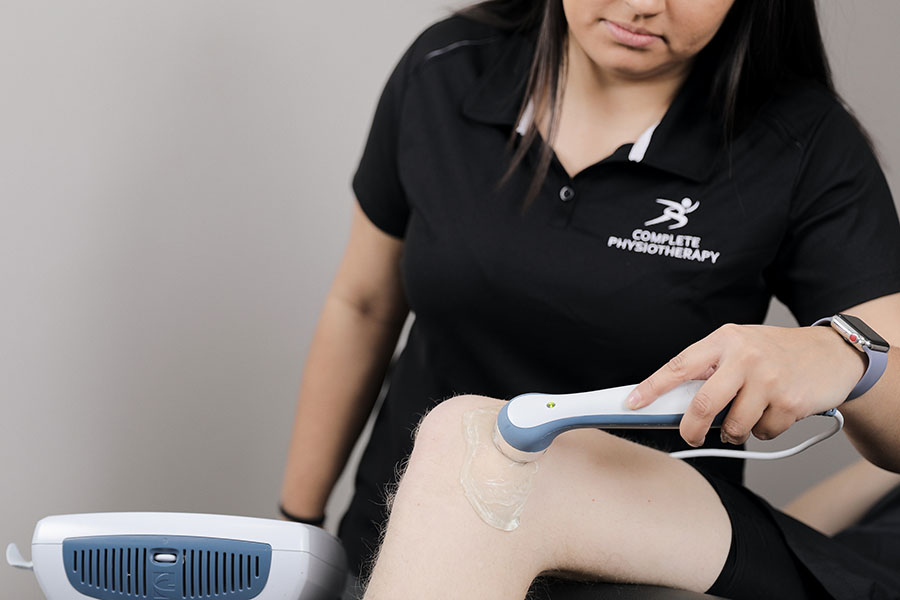Dizziness and vertigo are among the most common symptoms that send people to see doctors. Many of these vertigo and dizziness problems come from a dysfunction of the inner ear or the vestibular organ. The vestibular organ is critical for balance, coordination, and movement, and when it is in dysfunction patients can experience spinning (vertigo), dizziness, visual disturbances, nausea, imbalance, and light-headedness.
Vestibular rehabilitation is a form of therapy intended to alleviate both the primary and secondary problems caused by vestibular disorders. Evidence has shown that vestibular rehabilitation can be effective in improving symptoms related to many vestibular (inner ear/balance) disorders.
Conditions commonly treated or helped with vestibular rehabilitation include:
- Benign Paroxysmal Positional Vertigo (BPPV/Vertigo)
- Unilateral or Bilateral Hypovestibular Disorders caused by:
- Vestibular Neuritis
- Labyrinthitis
- Meniere’s Disease
- Acoustic Neuroma
- Central Causes of Vestibular Dysfunction
- Stroke
- Acquired Brain Injuries/Concussions
- Tumours (after surgery)
- Vestibular Migraines
Once a diagnosis has been determined by your physiotherapist, an individualized rehab program will be created for you that may involve repositioning techniques of the crystals in the inner ear, gaze stabilization exercises, motion sensitivity exercises or habituation exercises, and balance and coordination exercise.




